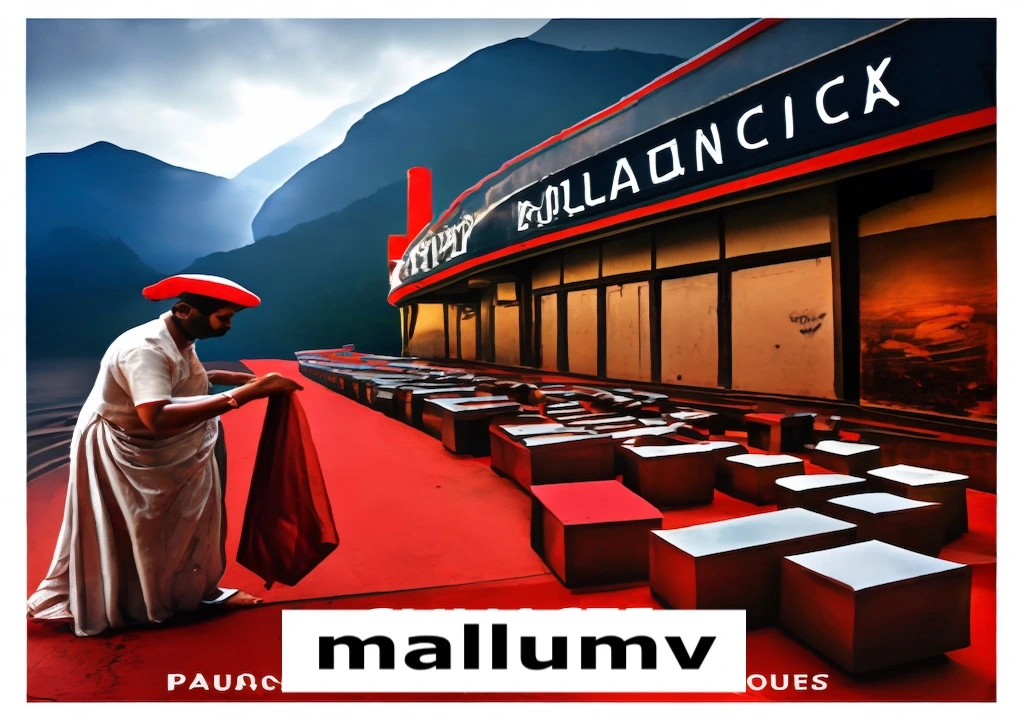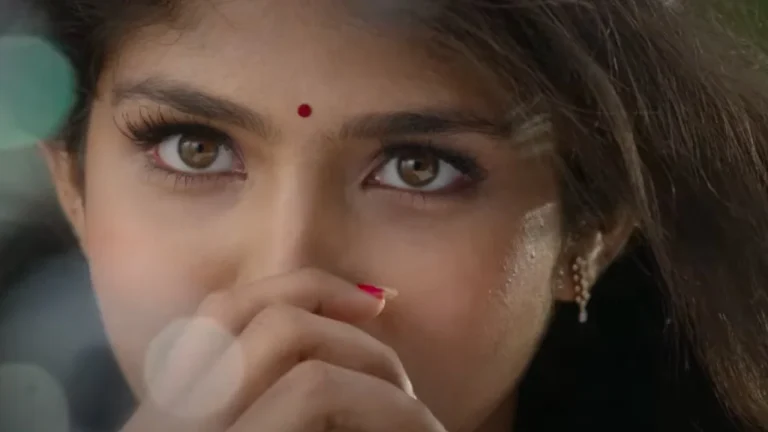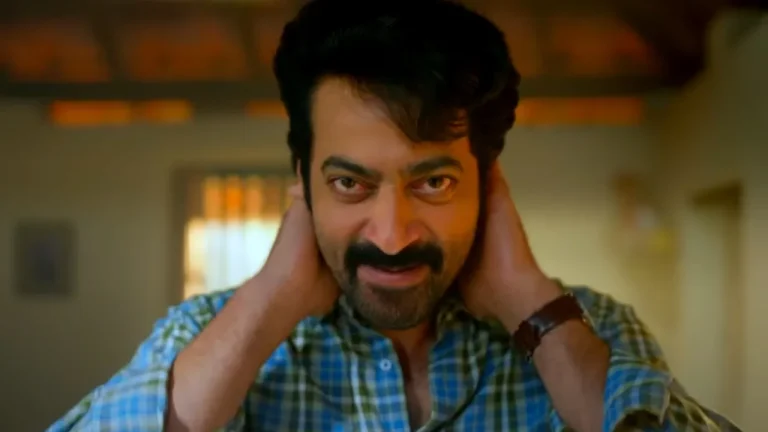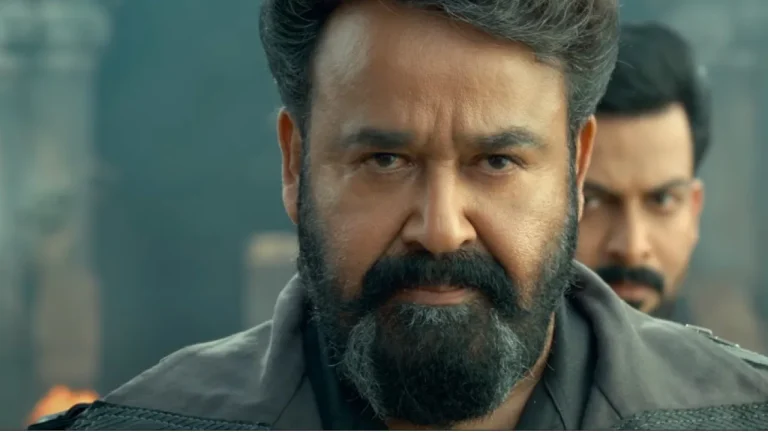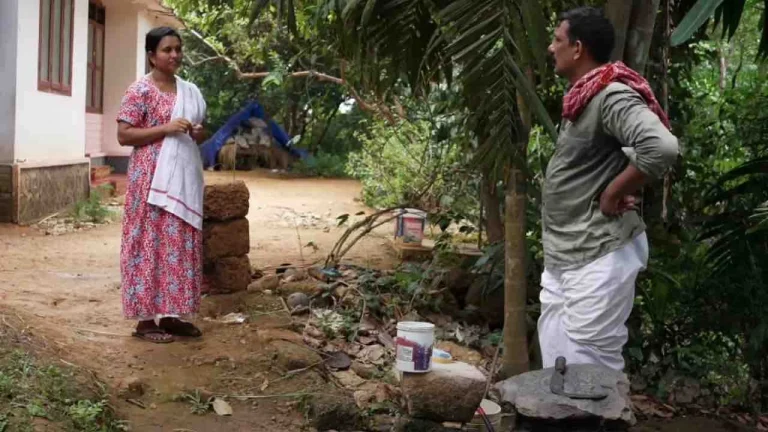Malayalam cinema has had a profound effect on Kerala’s culture and society. This blog will examine how the movies have shaped politics, fashion, language, and social issues within the state of Kerala.
In the 1950s, Malayalam cinema contributed to the formation of a Malayali identity through its emphasis on language usage and regional accents, and slang terms, as well as employing communal cultural idioms in its narratives and musical compositions. This provided an integral function by showcasing regional accents, slang terms, usage styles, and usage in its narratives and musical compositions. Mallumv is a leading Malayalam Movies Review site.
Politics
Malayalam cinema has had a profound effect on Kerala’s culture and society. It has helped shape citizens’ political perspectives while bringing them closer to their own heritage.
The early cinema era saw many technological and production breakthroughs. Ramu Karyat’s Chemmeen (1965) set the standard for Malayalam films to come out of Kerala.
Another major development in Malayalam cinema was the rise of Left-affiliated artists who provided a cultural vision for modern Kerala through cinema and theatre. Their involvement with these mediums dealt with the construction of an authentic Malayali identity, as Patricia Swart has noted.
Film and theater were popular forms of entertainment in Kerala during the 1930s and 1940s, but by 1950 cinema had become the dominant form. Left-affiliated artists like Thoppil Bhasi and P. Bhaskaran took advantage of technological mass medium like cinema to reach a broad audience, thus providing unique solutions to social issues.
Fashion
Malayalam cinema has a long and illustrious history. From silent films to melodramas, dramas, epics – it has captured the hearts and minds of people from all backgrounds.
Though classic Malayalam films remain timeless in their storytelling and appeal, a new wave of filmmakers is working towards more realistic portrayals of social issues. Today, Malayalam cinema offers an eclectic range of genres from mass entertainers to feel-good fluff, light entertainment shows and neo-realist movies.
One trend inspired by Malayalam cinema is lungi fashion. Lungis have become widely worn in Kerala by everyone from auto drivers and street vendors to fishermen.
Language
In the mid-20th century, Malayalam cinema played a significant role in creating an unifying linguistic and cultural identity for Kerala. This was closely connected to Leftist movements that had actively intervened in culture and politics within the state.
Theatre and Kathaprasangam had become popular entertainment mediums during the 1930s and 1940s, but cinema became the most widely viewed medium by 1950. This transition was partly facilitated by Communist involvement in the state that actively promoted and supported filmmaking activities.
Jenson Joseph highlights that Malayalam cinema provided a platform for Keralans to construct their unified national and linguistic identity through inclusivity; it did this by featuring regional accents, slang, usage as well as employing communal cultural idioms in its narratives and musical compositions (126).
In 1938, S. Nottani released Balan in Madras, Tamil Nadu – the first talkie ever produced in Malayalam. Up until 1947 most Malayalam films were produced by Tamil producers.
Social Issues
Cinema has had a profound effect on Kerala’s culture and society. It has taken important social issues and turned them into compelling themes from the start, providing viewers with an insightful look into everyday life.
Malayalam films often incorporate social conflicts into their melodramatic plots, showcasing the local colour and exploiting what tourists refer to as God’s Own Country. Furthermore, they utilize local actors and music in order to highlight their cultural identity.
Despite these efforts, certain themes remain prevalent in Malayalam cinema: fascination with rituals, pessimistic family dramas that turn women’s tears into objects of beauty, picture postcard settings and overuse of sweet background music.
On the contrary, feminist women directors in Malayalam films offer a contemporary interpretation of Malayali femininity. They challenge phallic symbolism through oppositional cinematic languages such as ‘consumption as strategy’ and ‘leisure as site’ to craft modes that assert and celebrate this core aspect of Malayali femininity.
